
3 minute read
Certified Trails of Mexico
By Mónica Véjar Corona / Photos by Alejandro Villelas Chiu
Hiking has become the most developed adventure segment in the world. Two years ago, our country didn’t provide established information and security to hikers in a structured and uniform manner.
Advertisement
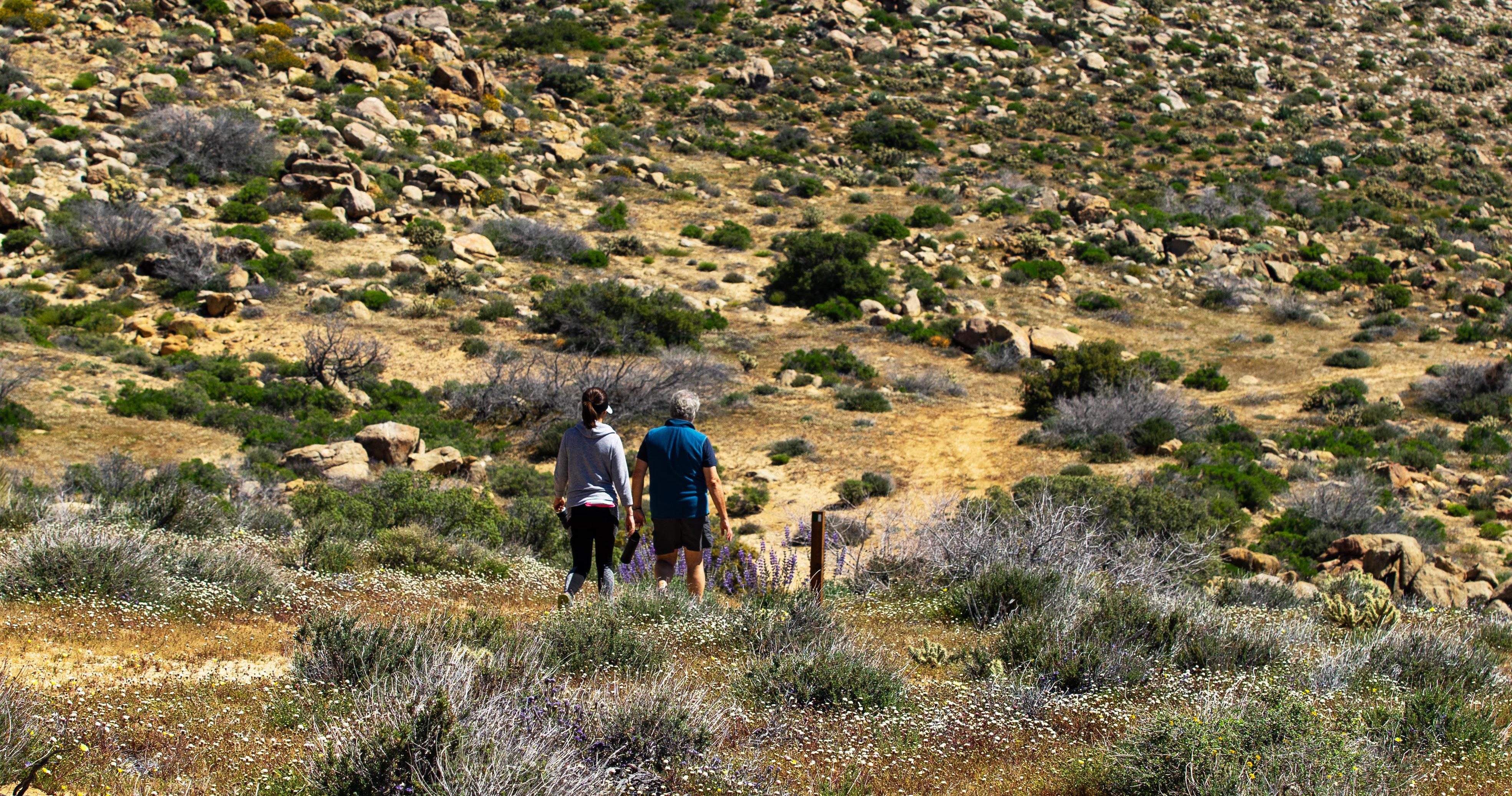
“La Rumorosa” trail in Tecate.
Photo by Alejandro Villelas Chiu.
Beginnings are not easy
Our project started in 2018, at that time we only had the theory, some documents and a lot of enthusiasm. But most of all, we were convinced of what we wanted to achieve: to contribute to the culture and history of responsible hiking in our country.
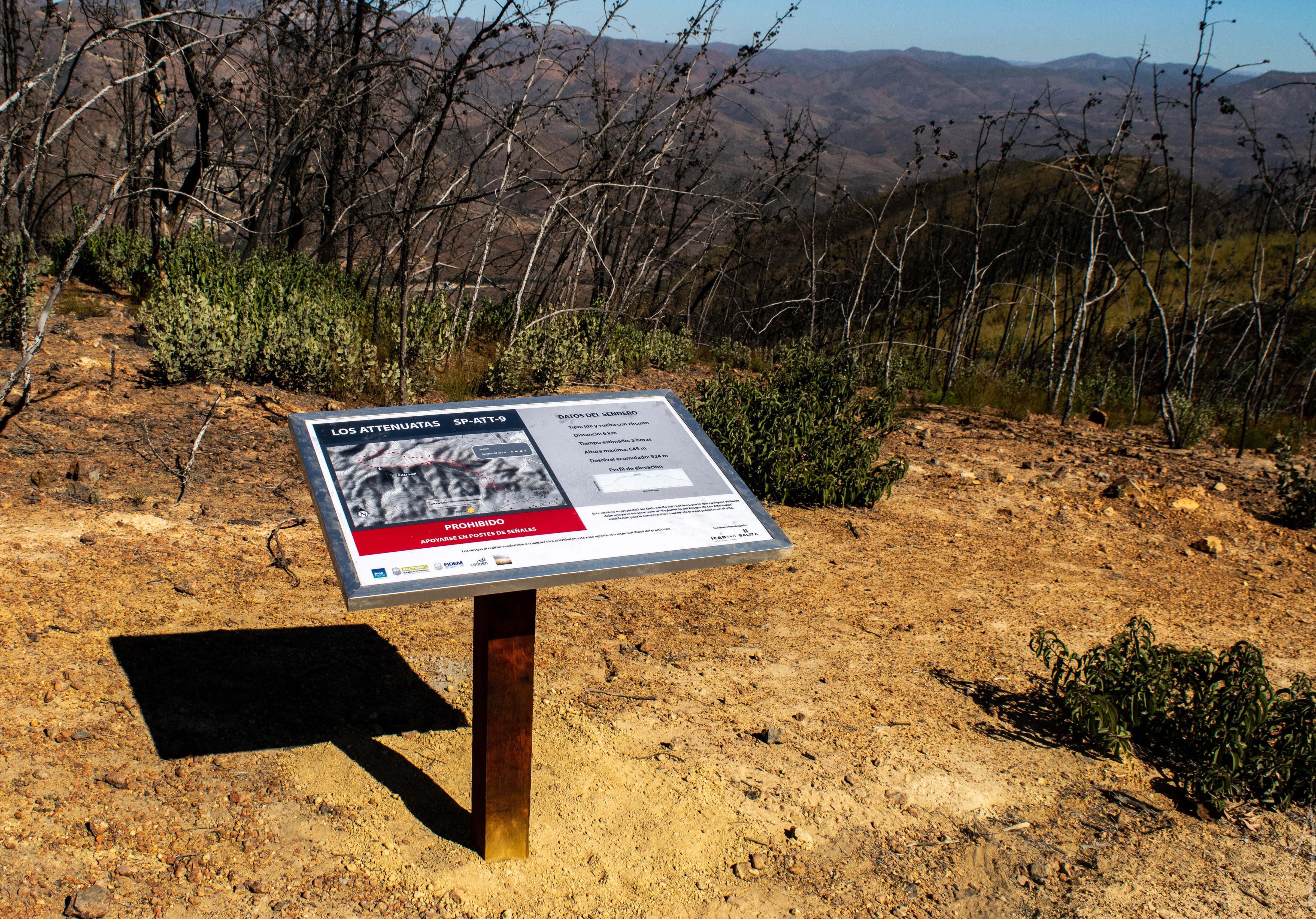
“Los Attenuatas” trail in Ensenada.
Photo by Alejandro Villelas Chiu.
The first trails were a big lesson for us, technically speaking, what seemed easy changed into a challenge because we had to adapt our knowledge to different aspects like the soil, geologic conditions, climate, and ecosystems in general. We need to take all these aspects into account for a correct installation.
Since the beginning, offering professional work has always been our premise, that’s why in the first year we decided to certified as Trail Technicians under the Spanish Federation of Mountain Sports and Climbing in Valencia.
We shared and learned from international experts for a month, and we also acquired technical, environmental, social and experiential knowledge.
To this day we have certified 13 trails: 11 in Baja California and 2 in Tamaulipas. Each one has its own history and has left us great satisfactions.
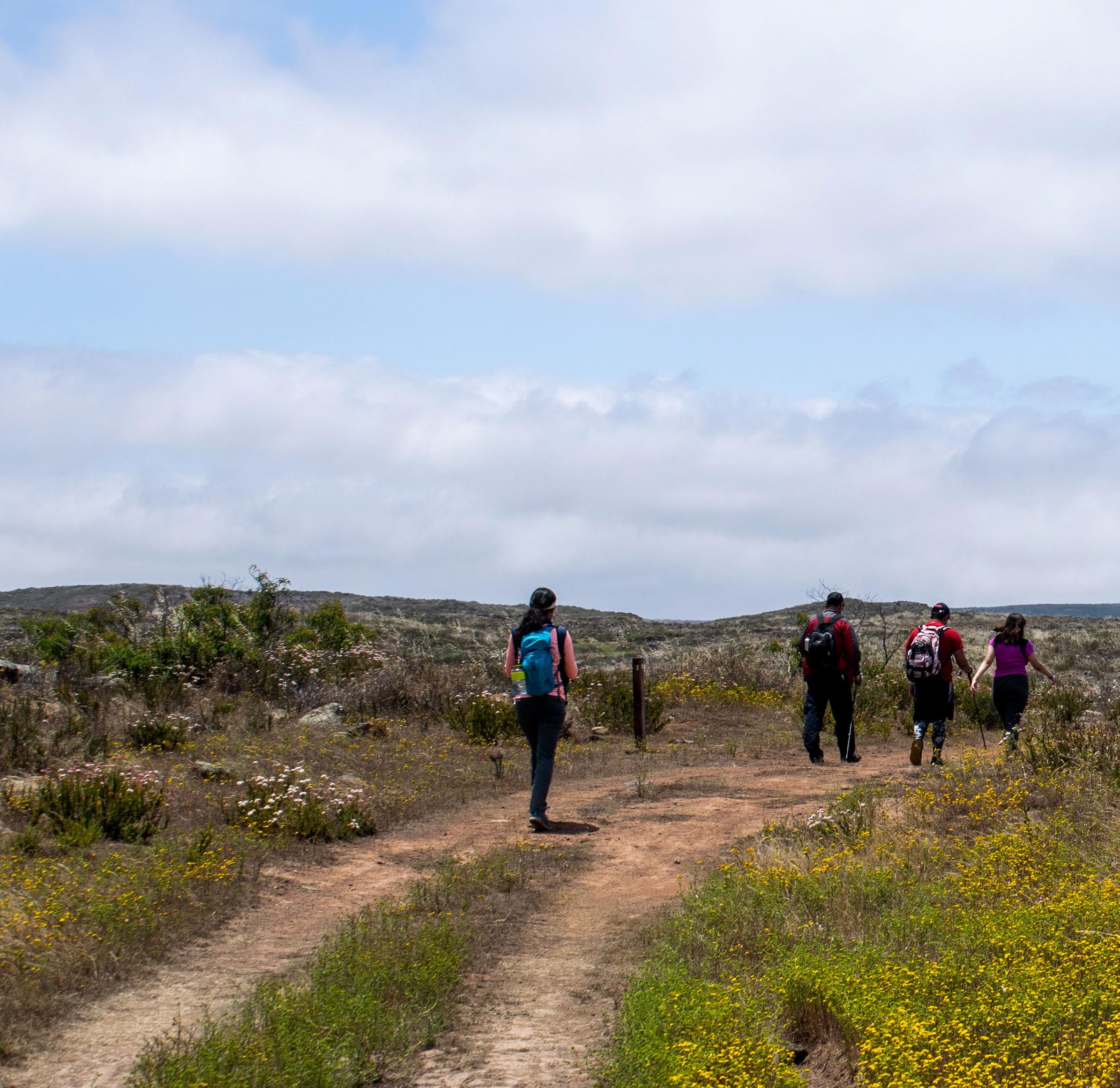
“El descanso” trail in Rosarito.
Photo by Alejandro Villelas Chiu.
What are certified trails in Mexico?
Certified trails are registered hiking routes under international beaconing criteria, through a uniform system of signs, which provide security, orientation, order and technical information which allows the participants to make decisions before and during the experience.
A certified trail gives value to the site and makes the space attractive for the people who do this activity: discover nature by walking.
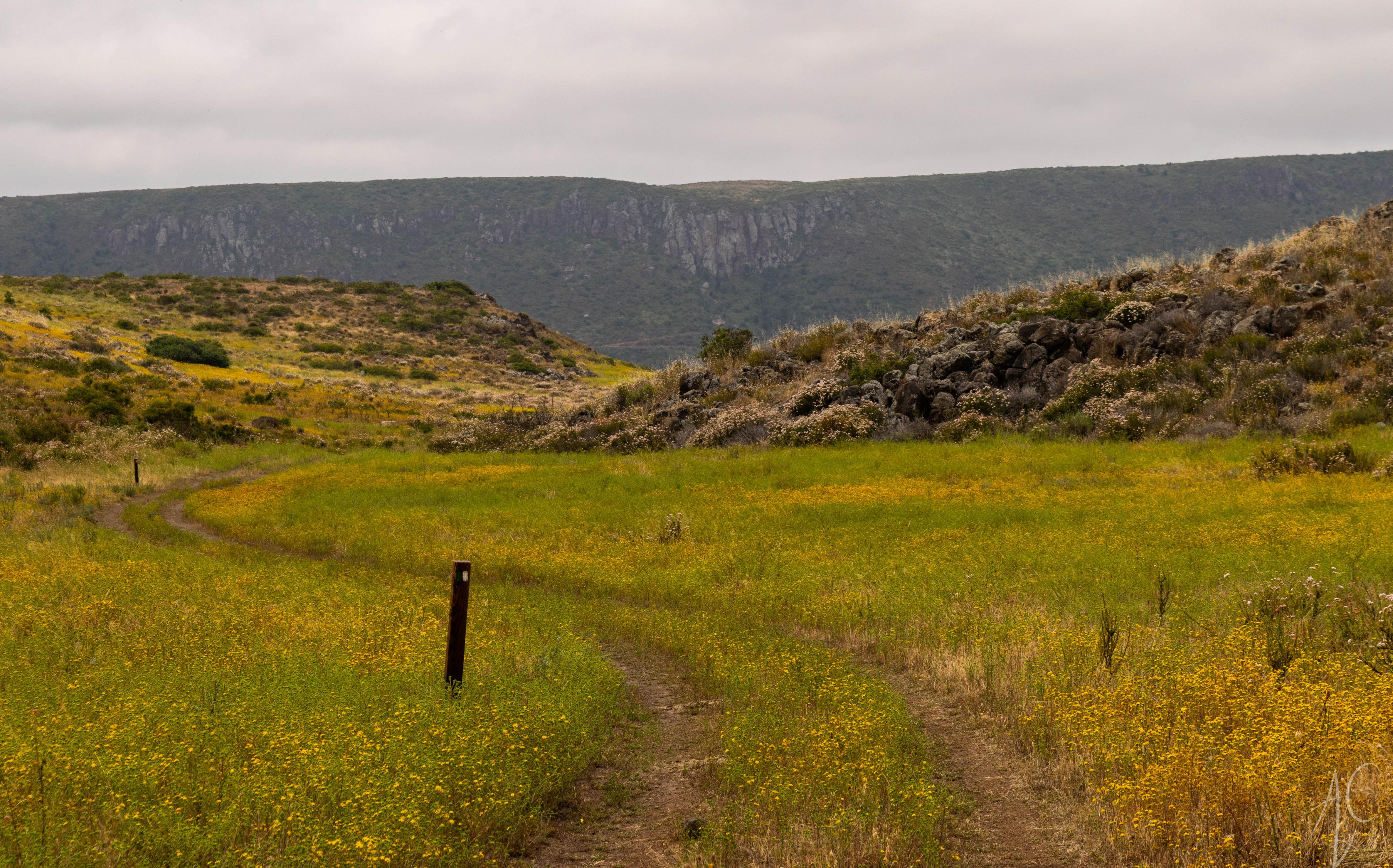
“El descanso” trail in Rosarito.
Photo by Alejandro Villelas Chiu.
Sustainability as principle
The beaconing techniques that we use are in harmony with the environment, from the materials to the installation, always looking for the minimal impact.
Certainly, the most important aspect of our project is the involvement with the local community with the different trail beaconing processes, particularly in the trail identification and installation work. This creates an important relationship which promotes respectful use, space caring and maintenance of the area.
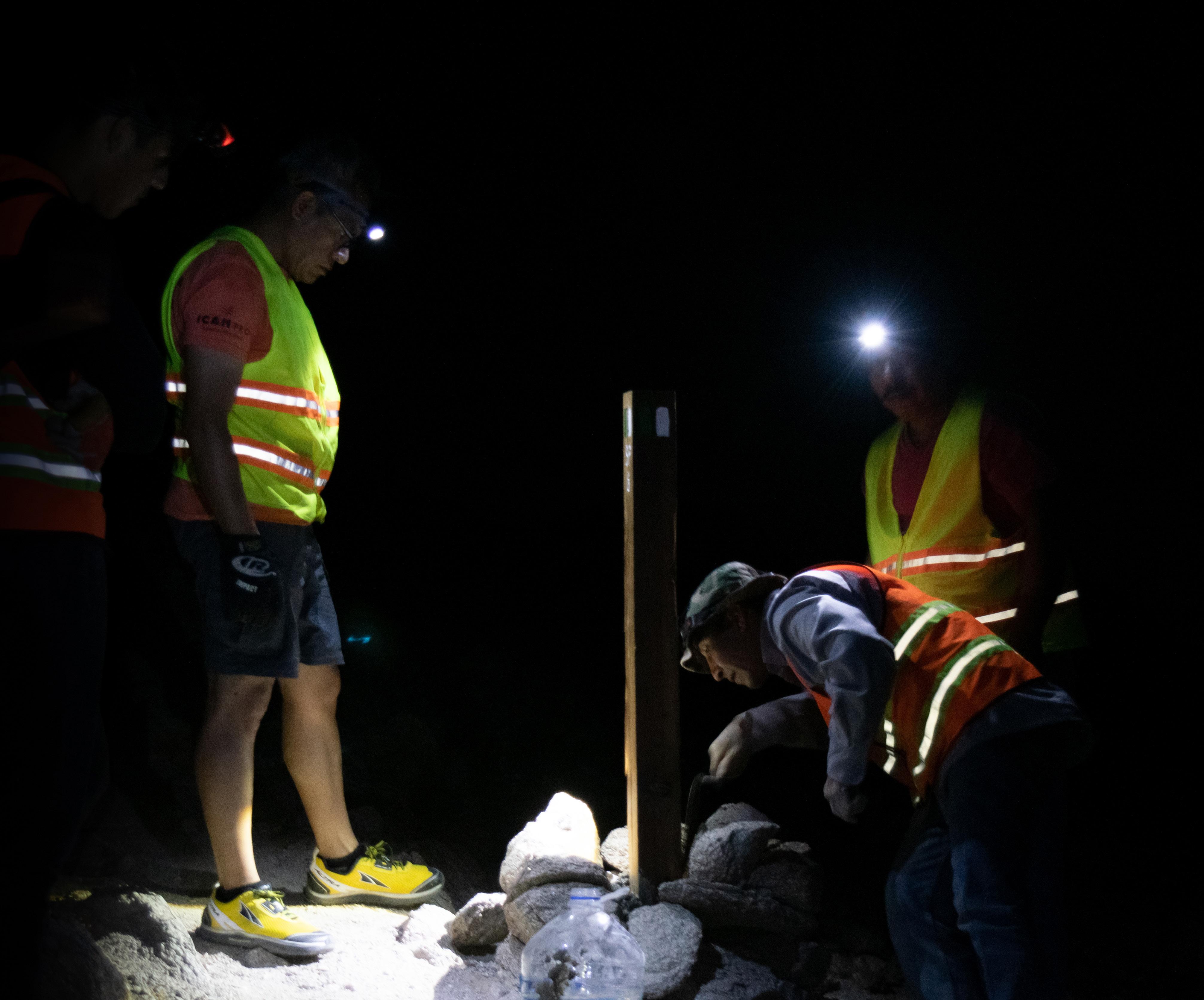
“El centinela” trail in Mexicali.
Photo by Alejandro Villelas Chiu.
The certified trails as touristic projects
A certified trail turns into an inspirational attraction for the visitors, since it provides technical information and orientation to enjoy the natural space.

“El oso” trail at El Cielo Biosphere Reserves in Tamaulipas.
Photo by Alejandro Villelas Chiu.
The brand Senderos Homologados de Mexico promotes responsible hiking in our country and boosts good sustainability practices in wild areas.
Please visit www.balizamexico.com for more information about Baliza Mexico, learning technical facts and download the routes of the certified trails in Mexico.
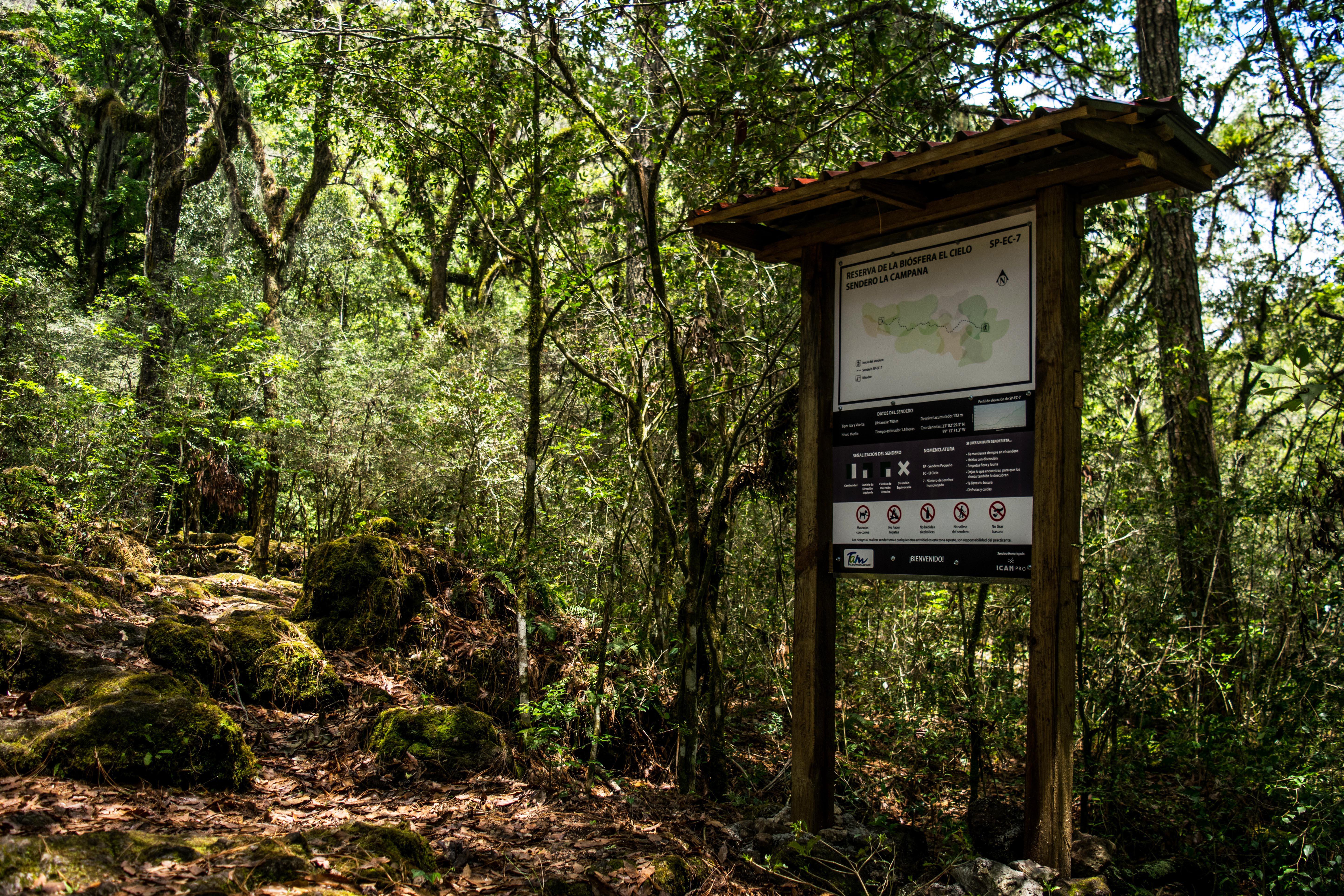
“La campana” trail at El Cielo Biosphere Reserves in Tamaulipas.
Photo by Alejandro Villelas Chiu.
♦ MÓNICA VÉJAR CORONA is the Executive Director of Baliza Mexico and has more than 30 years of experience in the touristic industry. She has a degree in Tourism and completed her postgraduate studies in Environmental Tourism. m.vejar@balizamexico.com









